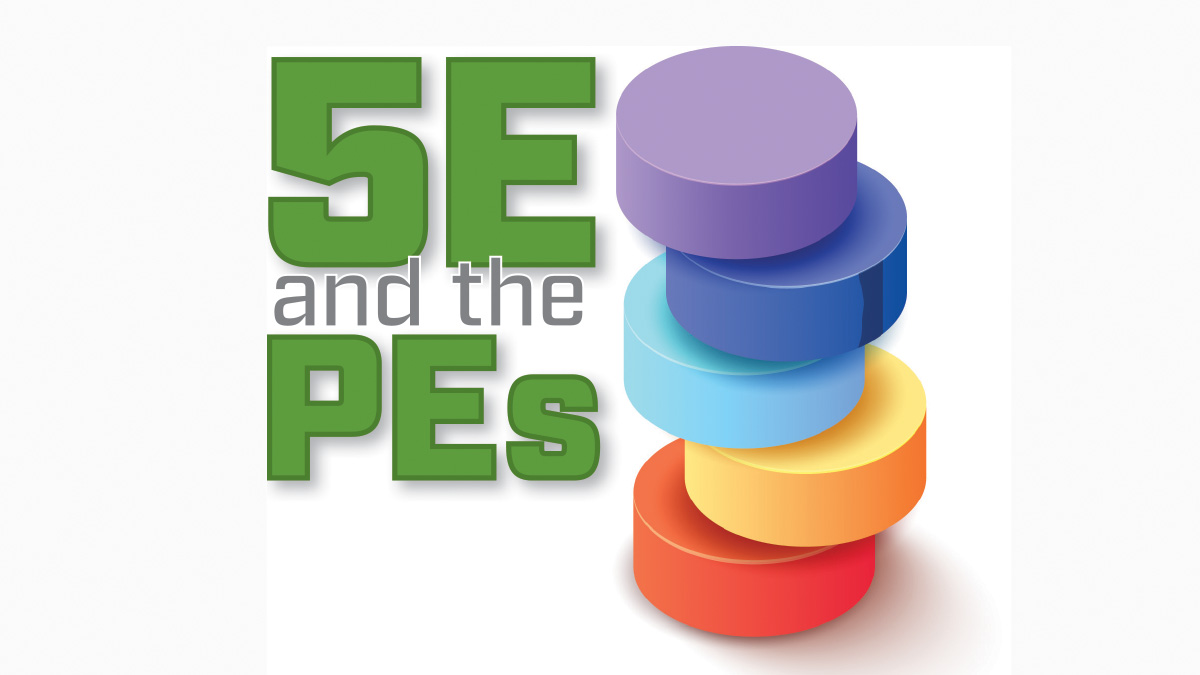feature
Let's Build a Fast Car
Instantiating three-dimensional instruction through a STEAM planning guide
Science and Children—September/October 2021 (Volume 59, Issue 1)
By Pei-Ying Wu, Sharon Arias, and Jacqueline Hernandez

feature
5E and the PEs
The popular instructional model can help meet multiple performance expectations.
Science and Children—September/October 2021 (Volume 59, Issue 1)
By William Thornburgh, Justin McFadden, and Brian Robinson

feature
Turning on the Three-Dimensional Switch
Using gaming technology to expand children’s science thinking
Science and Children—September/October 2021 (Volume 59, Issue 1)
By Zach Hurdle, Angela Stanford, Katy Nix, and Nick Perry

feature
Mesozoic Measurement
Three-dimensional learning for young students
Science and Children—September/October 2021 (Volume 59, Issue 1)
By Laura B. Schneider and Angelique Kelly

The poetry of science
Poetry in Three Dimensions
Science and Children—September/October 2021 (Volume 59, Issue 1)
By Sylvia Vardell and Janet Wong
teaching through trade books
Rubber Ducky Helps With Science
Tech Talk
Tech-Rich Approaches to Three-Dimensional Teaching
Guest Editorial
Students Repairing the World Through Science and Imagination
Editor's Note
Three-Dimensional Teaching and Learning
Science and Children—September/October 2021 (Volume 59, Issue 1)
By Elizabeth Barrett-Zahn
Press Release




